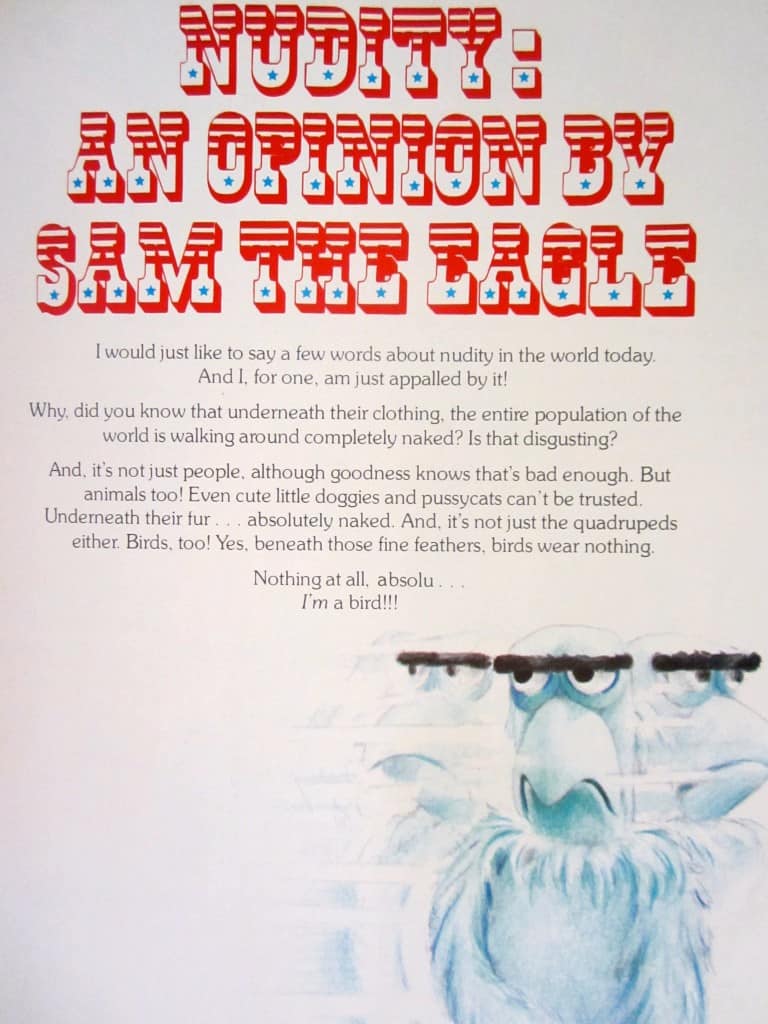
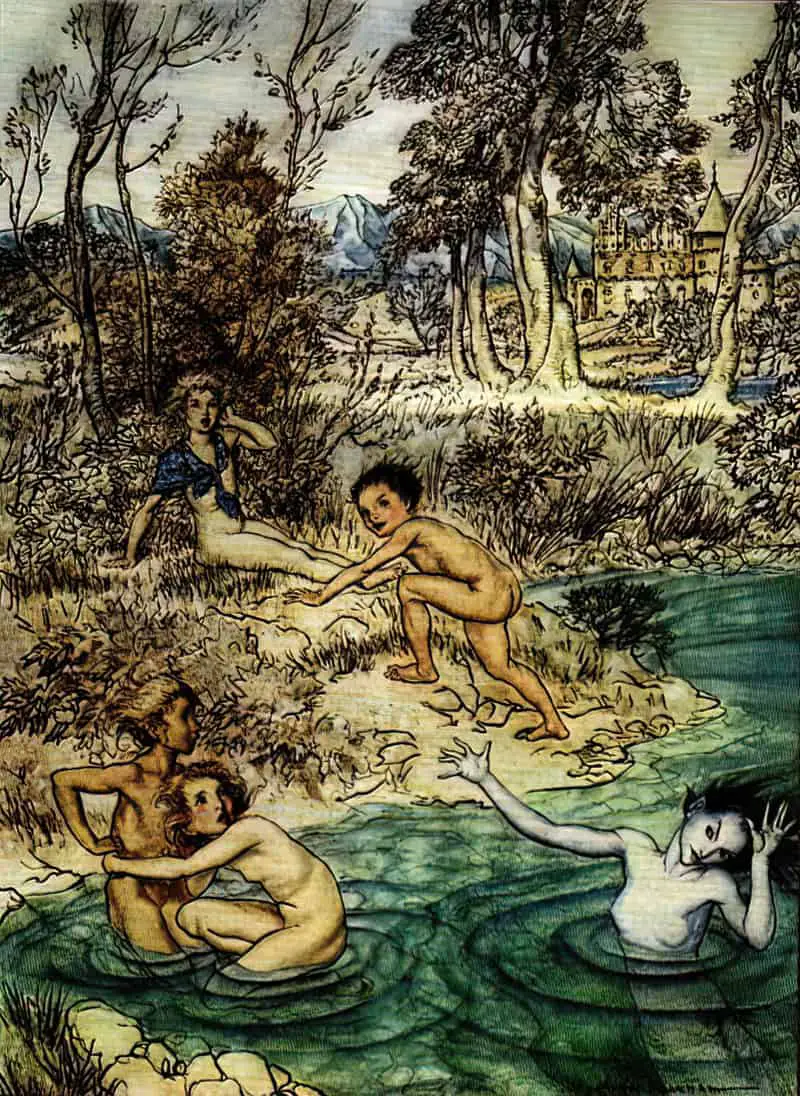
This morning Cosmopolitan reports that UK authors are pushing for children’s literature to include sex in fiction for kids. That’s quite a headline grabber. Of course, reading the actual article offers a less sensationalist request:
- Malorie Blackman says that including sex in fiction for kids will expose them to it in a shame-free, healthy and positive “safe setting”
- Philip Pullman agrees, and says that kids can benefit from seeing sex in a “moral context” where “actions have consequences”.
They’re not asking too much, are they? Bear in mind that in the publishing world, ‘children’s literature’ includes the young adult category.
I wish them all the luck in the world and, given the current attitude towards nudity in picture books, I think they’ll need it. Things haven’t changed all that much since Maurice Sendak’s most controversial book In The Night Kitchen was released in 1970. In that book is a picture of a little boy with no clothes on. We can see his penis.
I haven’t seen anything quite like that in picture book since. Maybe illustrated eBooks and self-publishing will offer writers opportunities to push the boundaries a little more?
I recently saw a picture from a fellow app developer who’d had his 4+ rated app rejected by Apple. The screenshot depicted a very innocent, almost inhuman looking, smooth-bodied creature. The advice from Apple was to ‘put some clothes on it’.
So, regardless of my personal attitude towards censorship, the real decision makers are standing at the gate of that walled garden.
MORE ON CENSORSHIP IN CHILDREN’S LITERATURE
Censor or suck it up? Racism and children’s books At Misrule
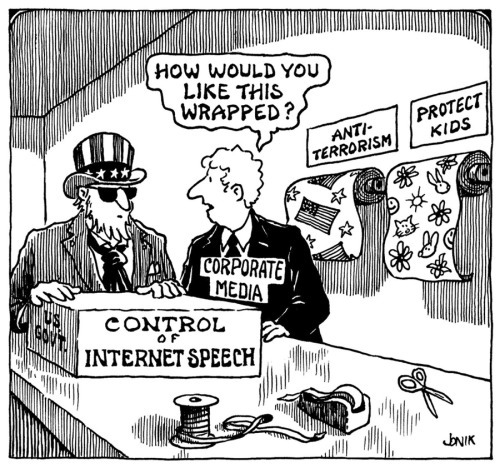
Below are some notes from an interview between Australian author Sally Rippin and Kim Hill (Saturday Morning With Kim Hill, Radio New Zealand)
Examples of things which have been taken out of children’s books before publication:
- children from walking alone (because guardians are legally obliged to accompany children)
- sharp objects (because children shouldn’t be given sharp objects)
- a boy climbing a ladder (so as not to encourage the climbing of ladders)
- ‘Crossover’ fiction gets away with more compared to books marketed as ‘young adult’.
- Gatekeepers are parents, teachers, librarians. There is a certain amount of self-censorship when writers write.
- There is pressure on illustrators to create racially ambiguous characters rather than specific to one culture.
Sort of kind of related and also interesting: a post on female sexuality as depicted in young adult fiction, at YA Highway.
The most challenged books of 2012, and why from Book Riot
THE NAKED APPLE
Sales of digital comics have soared in the past three years. Readers love the look of comics on the iPad screen and they also love the convenience of in-app purchasing, which allows consumers to buy and store their comics within a single app. So it’s a big deal when Apple bans a comic—usually because of sexual or mature material or nudity—and it has happened to at least 59 comics this year.
Are Comics Too Hot For Apple?
You may think that creators of picture books for the iPad have less to worry about, but in fact the innocent nudity of bath time and related day-to-day activities is banned equally by Apple. I have seen children’s apps rejected which feature only the vaguest representations of human creatures. If nudity offends you, you’re safe with Apple. If, on the other hand, you think there should be more normalised nudity in children’s media, your bookshelf will need supplementation, because Apple does not distinguish between ‘nudity’ and ‘nakedness’.
Perry Nodelman explains why Apple employees, when working under deadline to accept or reject app submissions, might have trouble with such a distinction in his book Words About Pictures:
In Ways Of Seeing, John Berger suggests that the characteristic poses of nudes in paintings imply the superiority of the viewer, presumably male and dressed, and the subservience of the person they depict — inevitably female, totally exposed, and apparently delighted by her vulnerability in the face of superior power. While the naked human body is not as significant a subject of picture books as it is of conventional painting, its depiction in picture books deserves some discussion. Not only does it reveal much about the kinds of narrative information implied by the depiction of postures and gestures — above all, the communication of attitudes toward characters — but also it suggests how even cultural assumptions we believe we have outlived survive in surprising ways in literature and art.
As Berger defines it, nudity can be distinguished from mere nakedness by means of gestures. Naked people simply have their clothes off; nude people take on certain postures that suggest their availability, their passivity, their willingness to be vulnerable and to put themselves at the disposal of a superior viewer who has the right to survey them. They tend to be supine, relaxed, smiling sensuously with an implied consciousness of a viewer or with their eyes closed. If such poses and gestures represent nudity, then the unclothed children of picture books are, surprisingly often, nude — and not, surely, because artists with to suggest the sexual availability of young children but more likely because the gestures of nudity are so conventional and so interiorized that artists use them unconsciously when they depict naked bodies.
Code, Symbol, Gesture
Nodelman offers some examples of such nudity in picture books.
The Water Babies, illustrated by Jessie Wilcox Smith is one example.

And that, folks, is how we end up with a blanket ban on nudity in the App Store. Meantime, I did wonder if Midnight Feast would be accepted, due to the bath time pages. Fortunately the app has made it through twice so far. Fingers crossed it keeps making it, though I will wonder every time we submit an update if a naked female back may at some stage not pass muster.
Nodelman does point out that although female nudity in picture books is rare due to its close connection to sexuality, ‘the rare female nudes in picture books tend to sit in bathtubs or hold towels around themselves or hide behind trees; they almost always take on the traditional gestures of nudity, and they almost always smile out at viewers’.
Isn’t it interesting, that even when clothed, female characters — in picture books, not just in comics — ‘almost always take on the traditional gestures of nudity’.
While I understand the line must be drawn somewhere, I am reminded of a documentary I watched recently about young British naturists, who were joined for afternoon tea by a female friend who felt uncomfortable with complete nakedness, but equally uncomfortable fully clothed, so she thought she’d achieve a happy medium by eating afternoon tea in her underwear. As pointed out by one of the naked young men, her underwear had the uncanny ability to make the young woman appear more naked than if she were wearing nothing at all. Female underwear is highly sexualised; as for nakedness, not necessarily.
Censorship is a murky, muddy, ever-shifting beast, but I do wonder if the emphasis on nakedness in apps for children isn’t completely misplaced when the female characters who do appear in children’s media are so often striking the ‘nude pose’.
Nodelman writes, “In fact, pictures of naked boys almost all show them clearly doing something—moving, active, not posing.”
I would suggest from all this that it’s not the nakedness per se that offends certain censors*, because we get ‘clothed nude’ in spades; it is in fact naked female agency.
*Censorship technically only refers to government restriction. A company who decides not to allow something is technically making a business decision rather than imposing censorship in the truest sense.
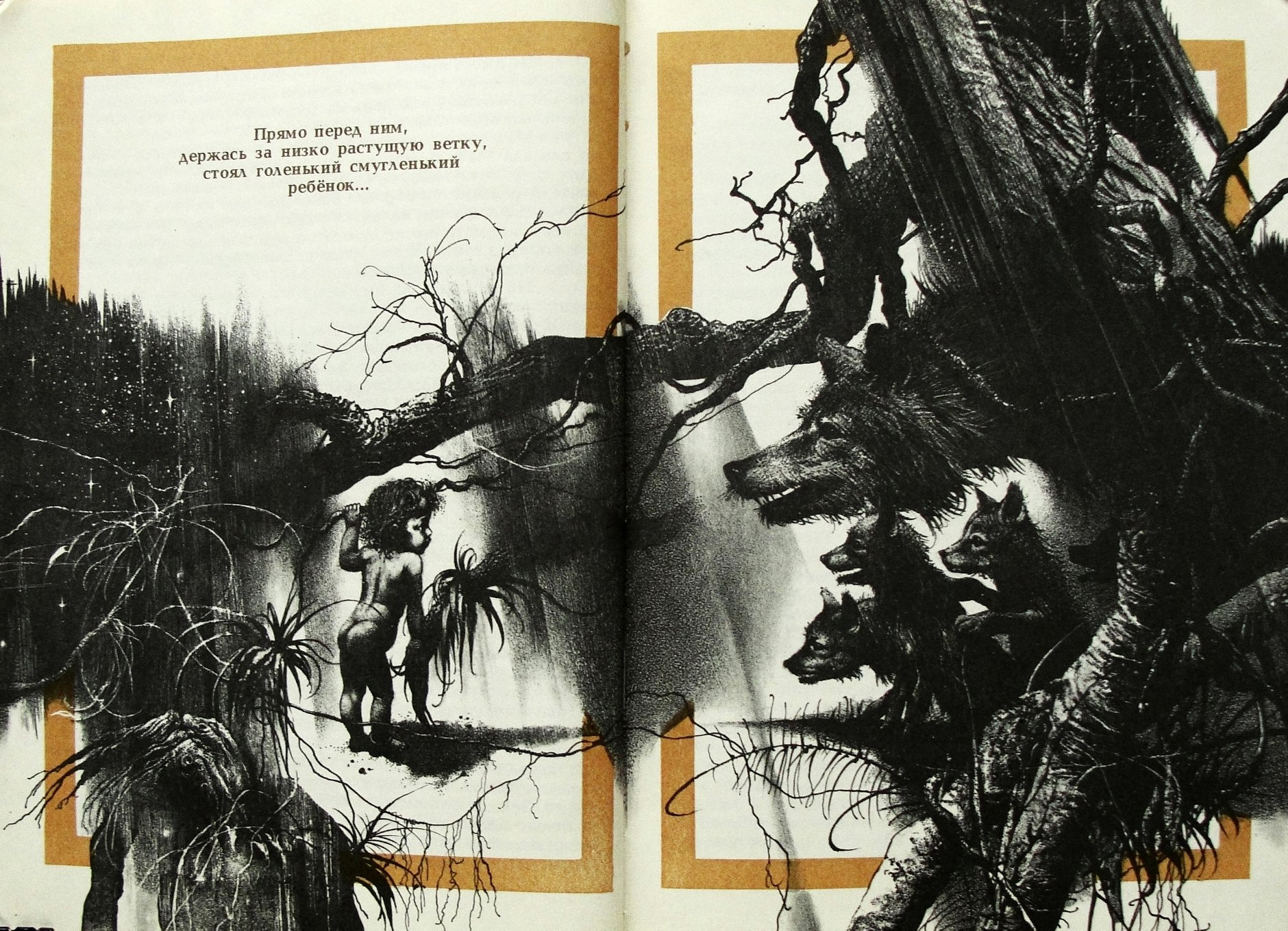
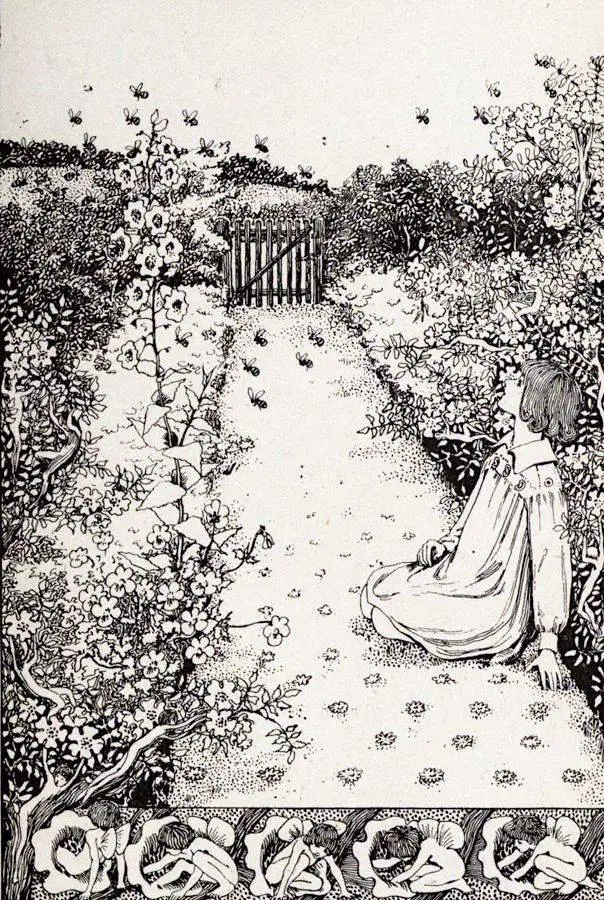
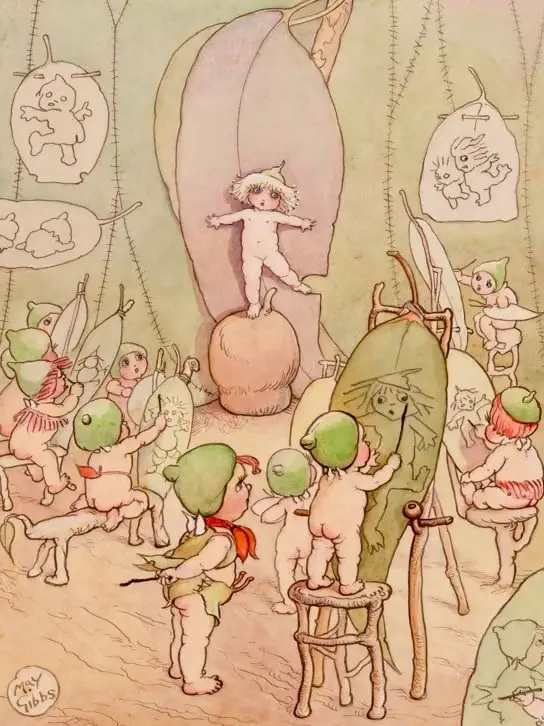
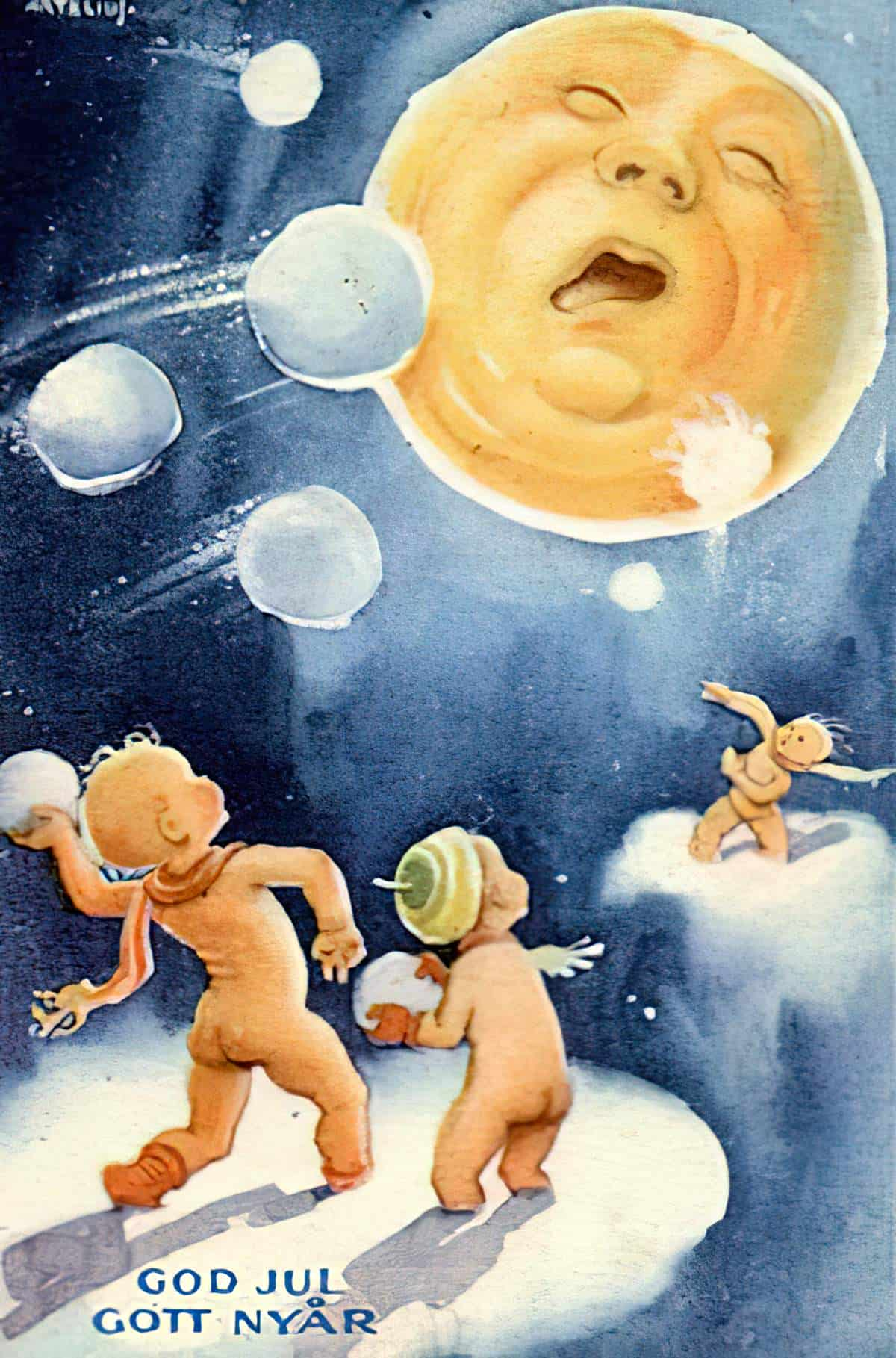
RELATED
In The Buff from The Smart Set
iBooks and their covers are also subject to Apple’s business decisions. Apple refuses to allow female nipples on the cover of La Femme.
Nakedness reveals itself. Nudity is placed on display. The nude is condemned to never being naked. Nudity is a form of dress.
John Berger, Ways of Seeing
Because so much religious energy is devoted to controlling sexual behaviour, either by disallowing it (or thoughts or representations of it) other than in strictly limited circumstances, or by preventing the amelioration of its consequences once it has happened, we have the spectacle of righteous people writing letters of complaint about televised nudity, while from the factory next door tons of armaments are exported to regions of the world gripped by poverty and civil war.
A.C. Grayling, The Meaning Of Things
Dicks, T*ts and Cl*ts: What Would Equal-Opportunity On-Screen Nudity Look Like? from Jezebel
Why Are There So Few Dongs On TV? from Clementine Ford
The Social and Legal Arguments for Allowing Women to Go Topless in Public from The Atlantic
